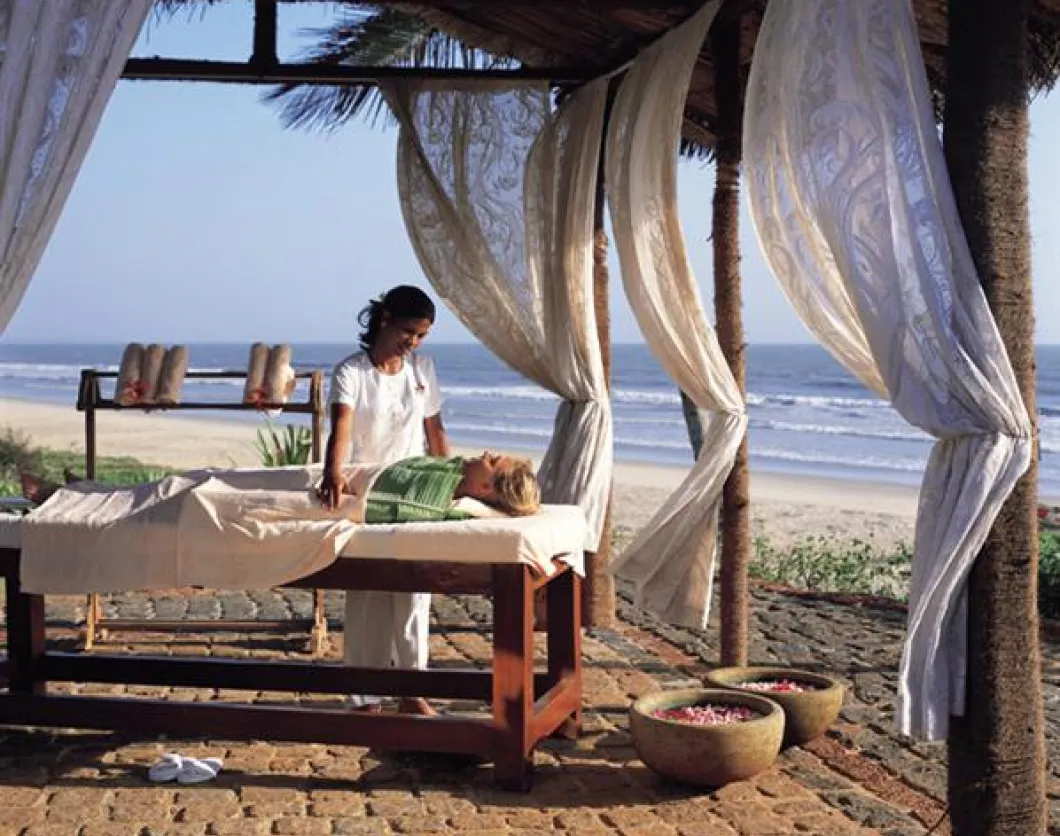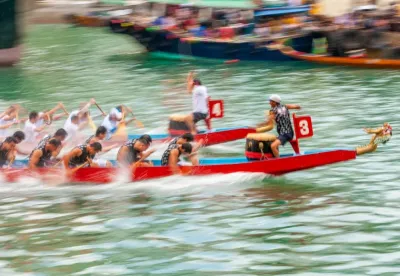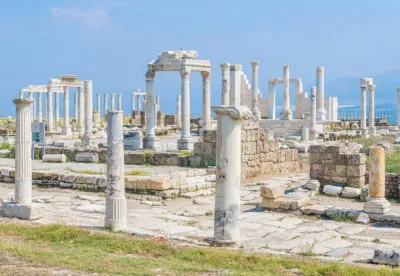Health and wellness tourism has been gaining popularity all around the world – not only in the western countries but the less developed one as well. China, Indonesia, Philippines and Turkey are some of the countries where wellness packages are quickly drawing the attention of local consumers.
China
Spas contributed 96% of the total value sales in health and wellness tourism in 2009. Hotels and resorts pushed spa packages, as declining numbers of guests affected hotels’ revenue due to increased competition from budget hotels. These spa packages were also used to attract guests to stay at luxury hotels, and guests were usually given free spa treatments. The free spa treatments were used as bait, and allowed hotel guests to get a preview of the services offered, and hopefully be persuaded to sign up for spa packages.
Most spa resorts are pure imitations of the Japanese hot springs in terms of decor and layout. However, there is a growing trend to revert to the traditional Tang dynasty imperial spring bath decor in a bid for outlets to differentiate themselves. Some spa outlets even offer traditional Chinese medication services, and even have in-house Chinese physicians. These physicians can prescribe food cooked with herbs for customers to eat after their spa. Sometimes the hot baths are infused with herbs which offer different healing or medicinal effects. The selling point is to offer a total wellness package which starts from within the body, and not just external wellbeing.
Indonesia
Health and wellness tourism in Indonesia is still a relatively new area. While the concept of a relaxing holiday itself is not new, visiting a spa for relaxation is a relatively recent trend, especially among urban tourists.
Up to 2009, hotel/resort spas are still the most popular form of spas, followed by destination spas. The trend towards spas has indeed been driven by its offering in hotels and resorts, and the concept was then picked up by other players as well. Despite the growth of destination spas and other spas up to 2009, hotel/resort spas still performed well as new consumers looking for spa holidays tend to choose hotel/resort spa packages. Meanwhile, with the still emerging stage of spa holidays, other health & wellness tourism is still negligible in Indonesia up to 2009.
Indeed, there is a growing presence of day spa outlets seen in the bigger cities from Jakarta to Surabaya and Bandung. The demand for such day spas come from the urban dwellers who cannot afford a dedicated spa holiday but still want to experience a spa package. Popular day spa outlets are usually fully booked throughout the weekend and also enjoy high occupancy rates during weekdays. Products varied from foot massages to full body massages and other spa treatments. With this trend, other spas have grown the fastest in value terms in 2009.
Philippines
There are five main categories of spa in the Philippines, namely hotel/resort spas, destination spas, medical spas, day spas and club spas. Hotels/resort spas remained the largest in 2009, representing 61% of total spas current value sales thanks to the popularity of luxury travel services in the Philippines, particularly among foreign tourists.
Foreign tourists accounted for 62% of the total number of spa visitors. The numbers of domestic and foreign spa visitors both declined in 2009. However, average sales per outlet in the hotel/resort spas category grew by 20% in current value terms. This increase reflected the closure of 10 outlets due to difficult trading conditions.
Nonetheless, rising health awareness and the global trend towards increasingly hectic lifestyles ensured that spas remained very popular among many domestic and foreign tourists in the Philippines in 2009. Popular spa treatments on offer in the country include hilot, a traditional Filipino deep-tissue therapeutic massage, and dagdagay, a traditional foot massage.
Turkey
Consumers in Turkey started to be more careful about their health and wellness, and this trend increased sales. When they took a holiday, people demanded more sophisticated packages, which tended to include a spa and wellness theme. A new health and wellbeing trend in Europe swept across Turkey, with the advent of spa resorts and hotels focused on providing relaxation and detoxing treatments ranging from massages to dietary detoxing plans for health-conscious high income consumers. Many 5-star hotels started to offer treatment packages and introduced spas into their portfolio of services to attract customers.
There are massage, saunas and herbal therapy rooms in many hotels, and some of them have natural water fountains to better stress the theme of wellness. These places are competitive in two respects, because they are luxury and also use natural healthy resources. Most of these are run by large companies, and smaller companies have not yet discovered this potential. Hotel/resort spas are growing because of their luxury, and foreign tourists and high income domestic tourists prefer them. Other spas, including traditional natural spring water spas, are growing due to their popularity amongst citizens.









